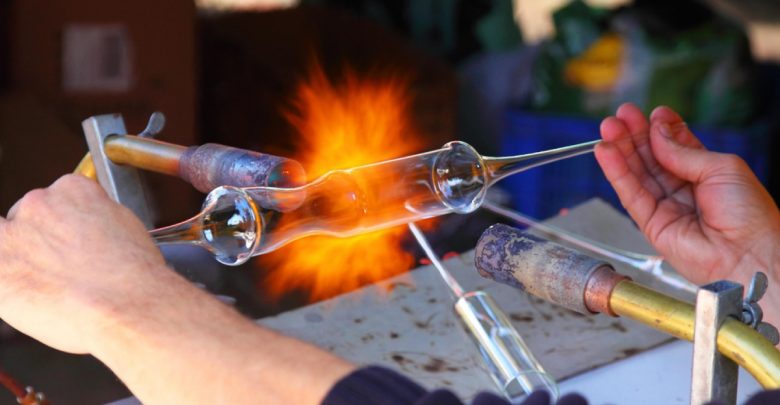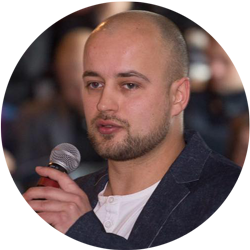Checklist to choose a method
The selection of methods must correspond to the principles of individual holistic learning. During the selection stage, we recommend considering the learners’ intellect, feelings, imagination, spirituality and all the senses, including sight, smell, touch, sound and taste. When we use different methods, we eventually collect a whole range of them. Sufficient experience of selecting and applying methods often makes us capable of transforming the methods in the way we want or creating new ones. Before putting any method in practice, it is worth considering if the method is really necessary. There is a checklist provided with questions about learning, the group, conditions of using the method and training context.

Why did I choose this tool?
Before applying the methods, I think about all those aspects and even more (the checklist can be filled with more categories and questions).
How does this apply to being a trainer?
The checklist aims to prepare you as a trainer to understand the whole picture of your learning process and when bearing in mind, knowing the answers – select a range of methods, which would be the most appropriate.
Main content:
Think about the recent training, the learning session you will have and then answer the questions of this checklist. Think what is missing here and what are the other elements you are considering each time before selecting the methodology and methods.
LEARNING
- What are your specific educational goals, what are you trying to achieve? What is the aim of the training and method?
- Do you know the participants’ learning needs, their level of knowledge and skills?
- Do you know what do they need to learn?
- What topic are you working on? Are the links between the method that is used and the objectives of the activity clear?
CONDITIONS OF USING THE METHOD
- What environments and resources do you have available for the training? Evaluate the environment of the training and it would help you to choose methods – if there is no space enough in the room; could you use outside space of the building/room; will you be allowed to use music at this space etc.
- What kind of material do you have to prepare? Do you have enough material to run the method? How much time do you have to prepare your material?
- What resources do you have? Do you have another teammate to work with? Do you have a computer, boomer etc.?
- How much time do you have for a method? And what is the timing of the method? Is the timing reasonable? Does the plan allow for running over or under time frame? Are breaktimes appropriate? Do they interfere with the flow of the session?
GROUP
- Do learners know each other?
- How many people will be at the training?
- What educational activities/methods did you use before, with the same group? What are you going to do after?
- Will individuals be encouraged and supported by the planned program?
- How specific is the youth group you are working with? What kind of experience does it have? What is its current situation (phase of development)? What is the ability of the group?
- Are there participants with specific needs (disabilities etc.)?
TRAINING CONTEXT
- Is there a sufficient variety of methods so that concentration is stimulated not dulled?
- Does the plan include situations where people interact and participate actively?
- Does the session follow a logical sequence from beginning to end?
- Does the plan have an identifiable beginning, middle and end?
- Does each part of the session follows the previous one? Do techniques vary in the plan?
TRAINER
- What experience do we have in using similar methods before?
Reflection questions
How did this checklist support you in planning the methodology and methods?
In case you had a training context in your mind.






